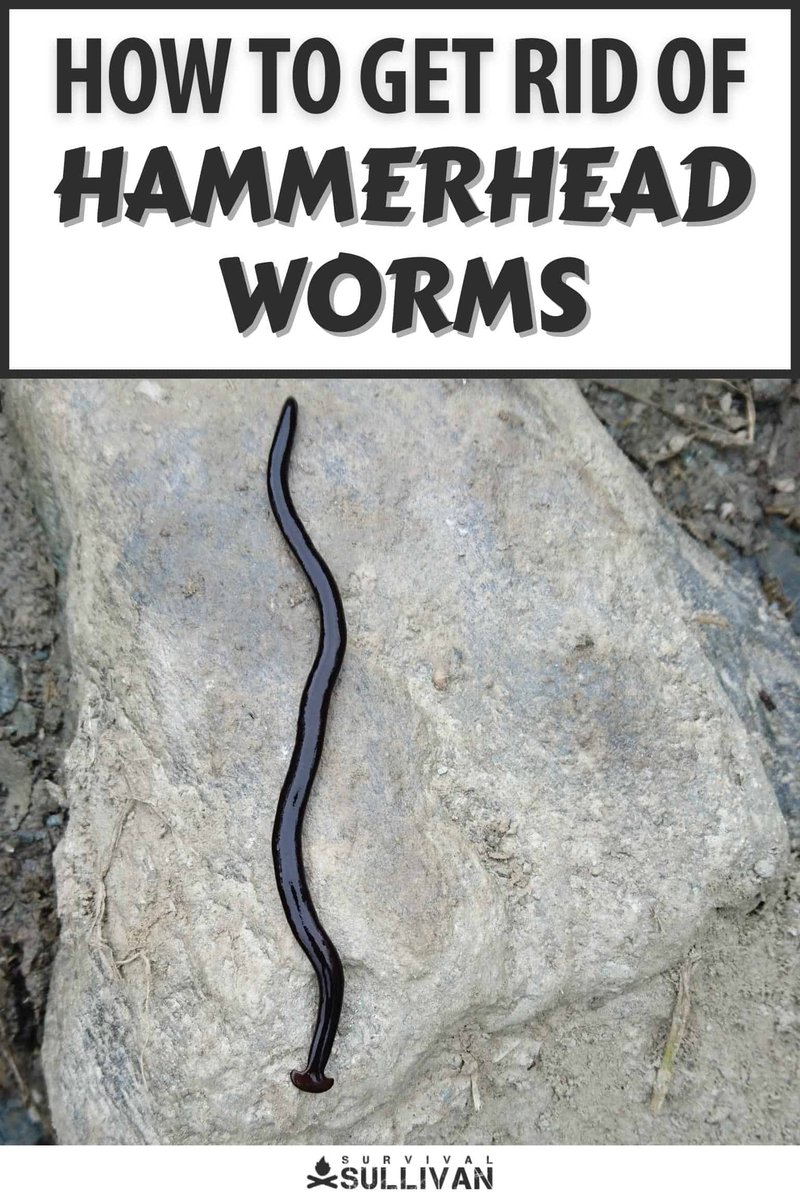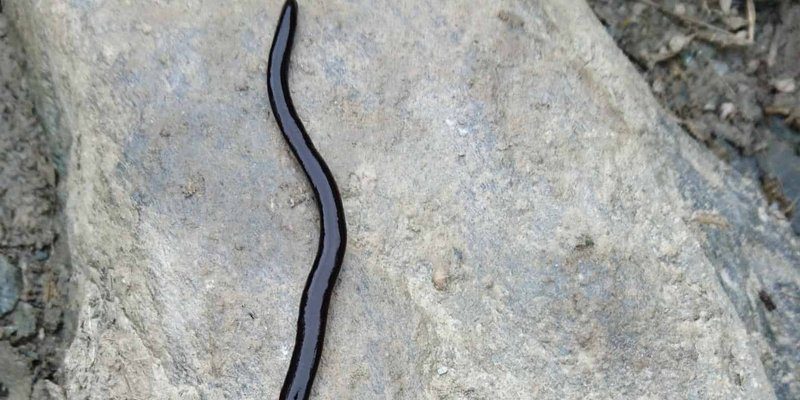
Imagine your garden as a bustling little city, where each plant is a resident contributing to the vibrant community. Just like any good city, you want to keep it safe from unwelcome visitors. Hammerhead worms, with their distinctive shape and appetite for other worms, can turn your lively garden into a battlefield. Understanding how to spot them and prevent infestations is half the battle. In this guide, we’ll cover some practical strategies so you can enjoy your gardening experience without the fear of these wriggly nuisances.
What Are Hammerhead Worms?
Before we jump into prevention tips, let’s take a closer look at what hammerhead worms actually are. These worms, scientifically known as *Bipalium kewense*, are easily recognizable thanks to their unique, flattened, and hammer-like heads. Typically, they can grow quite long—up to 15 inches! You might be wondering, why should I care about these worms in my garden? Well, they primarily feast on earthworms, which are essential for soil health.
Here’s the thing: while hammerhead worms are interesting to observe, they can wreak havoc in your garden. They don’t just munch on earthworms; they can also disrupt the entire ecosystem by reducing the population of beneficial worms. In a container garden, where you have limited space and soil, this can cause bigger problems. So knowing how to prevent their arrival is crucial.
1. Choose the Right Soil
When starting your container garden, the foundation is everything—and that includes the soil. Using high-quality potting soil is a must, as it often comes sterile and free of pests like hammerhead worms. If you’re using soil from your yard or outdoor garden, be cautious. You might unknowingly bring in these unwanted guests along with your plants.
Here’s a tip: look for potting mixes that are labeled as “sterilized” or “pasteurized.” This means they have gone through processes to kill off pests and pathogens. Using these blends helps ensure you start your garden on the right foot. Remember, just like you wouldn’t want to invite trouble to your new home, you don’t want to bring in any pests either!
Consider Using Soil Amendments
Adding organic compost can enhance your potting mix, but you want to be careful here too. Compost can be a breeding ground for pests if it’s not properly made. Always source your compost from reliable vendors who guarantee its safety. This way, you can enrich your plants without bringing in any unwanted squatters.
2. Regular Maintenance is Key
Your container garden isn’t a set-it-and-forget-it kind of affair. Regular maintenance can help you catch any signs of hammerhead worms before they become a bigger issue. Pull weeds, check your plants for unusual markings or slimy trails, and conduct routine inspections of your soil.
You might be asking yourself, how often should I do this? Honestly, a quick check every week or two can make a significant difference. If you see anything suspicious, act fast. Removal is easier when you catch the problem early.
Keep an Eye on Moisture Levels
Watering is crucial in container gardening, but be mindful of excess moisture. Overwatering creates a damp environment that worms love. Make sure your pots have good drainage. If water collects at the bottom, consider adding more drainage holes or using a container designed for better airflow.
3. Plant Selection Matters
The plants you choose can also play a role in deterring hammerhead worms. Some plants are naturally better at keeping pests at bay. For example, **marigolds** are known to deter various pests. You might want to consider adding them to your garden as companions for your more vulnerable plants.
When planting, think about your container garden as a community. Mixing different types of plants can confuse pests and prevent them from settling in. It’s like creating an ecosystem where each plant plays a role in protecting the others.
Companion Planting
Companion planting involves grouping certain plants together to enhance growth or deter pests. For example, onions planted near other crops can help repel pests, making your container garden a safer space. Look into the benefits of different plant combinations to bolster your defenses against hammerhead worms.
4. Dispose of Any Infestations Carefully
If you do encounter hammerhead worms, it’s essential to handle the situation with care. Avoid simply tossing them into your compost bin, as they may reproduce or cause chaos in other areas of your garden. Instead, consider sealing them in a bag and disposing of them in the trash.
You might be wondering, why not just kill them? The issue is that hammerhead worms can release toxins when threatened. Handling them with gloves and bringing an extra layer of caution can save you from a potentially unpleasant experience.
Monitoring and Traps
Using simple traps can help monitor for any unwanted visitors. You can place a shallow dish filled with beer or soapy water in your container garden. The worms are attracted to the liquid and will drown, making it easier to keep your garden pest-free. Checking these traps regularly lets you know if you’ve got a problem brewing.
5. Create a Barrier
Another effective way to keep hammerhead worms at bay is by creating physical barriers around your containers. This could be as simple as using **copper tape** or **dirt moats** around the base of your pots. These barriers can discourage worms from slithering their way into your garden.
You might think of it like setting up a security system for your plants. Just a little extra effort in creating a barrier can save you from a lot of headache later on.
Using Diatomaceous Earth
Diatomaceous earth (DE) is a natural product made from tiny fossilized organisms. Sprinkling it around your containers can help deter pests as it’s sharp on a microscopic level and can dehydrate worms. It’s an eco-friendly method that allows you to manage your garden without harsh chemicals.
6. Educate Yourself Further
The more you know about hammerhead worms and pests in general, the better prepared you’ll be. Familiarize yourself with other potential threats to your plants, and stay updated on best practices for keeping your garden healthy. There are tons of resources available, from gardening books to online forums.
Don’t hesitate to ask questions or connect with local gardening communities. Sometimes, just sharing experiences can teach you a lot. Plus, you might discover others with the same concerns who have found successful solutions.
Final Thoughts on Avoiding Hammerhead Worms
Container gardening can be a rewarding experience, but it does come with its challenges. Keeping hammerhead worms away requires a combination of good practices—like choosing the right soil, providing proper plant care, and staying vigilant about infestations.
Remember that gardening is a journey. Embrace the learning process and know that you’re not alone in facing challenges. By following these tips, your container garden can thrive and flourish, free from the disruptions of unwelcome guests. Happy gardening!

